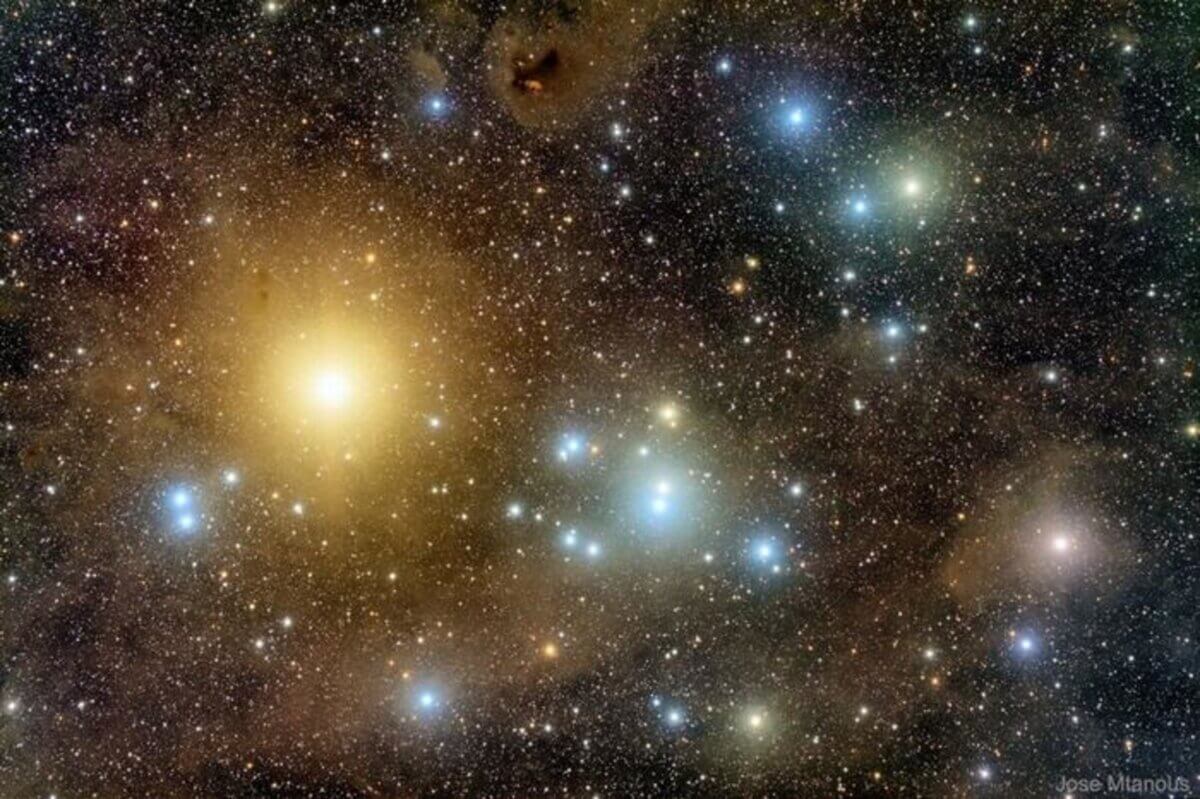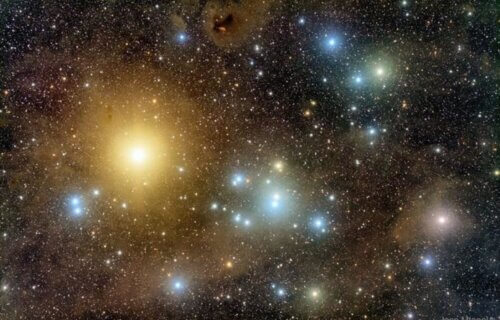BARCELONA, Spain — Star-eating black holes are closer to Earth than astronomers have previously thought — until now. Spanish astrophysicists recently detected the presence of several black holes within the Hyades cluster, the nearest open cluster to our solar system. These findings would mark the closest-ever detection of black holes in relation to our planet.
Black holes have long captured the imagination of scientists, amateur stargazers, and even Hollywood due to their enigmatic nature. They have been the subject of extensive research worldwide, particularly smaller black holes, which have been observed during the detection of gravitational waves. Since the groundbreaking detection of gravitational waves in 2015, scientists have observed numerous events involving the mergers of low-mass black hole pairs.
The study employed simulations to monitor the movement and evolution of all the stars within the Hyades cluster. Located approximately 150 light-years from the Sun (45 parsecs), the Hyades cluster is composed of loosely bound groups of hundreds of stars that share characteristics such as age and chemical properties. These simulations were then compared to the actual positions and velocities of Hyades stars, which were precisely determined through observations made by the European Space Agency’s Gaia satellite.
“Our simulations can only simultaneously match the mass and size of the Hyades if some black holes are present at the centre of the cluster today (or until recently),” says study first author Stefano Torniamenti, a postdoctoral researcher at the University of Padua, in a university release.

According to the simulations, the properties of the Hyades cluster are best explained by the presence of two or three black holes at the present time. However, simulations suggesting that all the black holes were ejected from the cluster less than 150 million years ago, roughly a quarter of the cluster’s age, still provide a good match. This suggests that the cluster’s evolution has not entirely erased the traces of its earlier black hole population.
These new findings imply that the black holes born within the Hyades cluster are either still within the cluster or located very close to it. As a result, these black holes are the closest to the Sun, significantly closer than the previous candidate, known as the black hole Gaia BH1, which is situated 480 parsecs away from the Sun.
The advancement of the Gaia space telescope in recent years has enabled detailed studies of the position and velocity of stars within open clusters, allowing for the confident identification of individual stars.
“This observation helps us understand how the presence of black holes affects the evolution of star clusters and how star clusters in turn contribute to gravitational wave sources,” says study first author Mark Gieles, professor at the University of Barcelona Department of Quantum Physics and Astrophysics. “These results also give us insight into how these mysterious objects are distributed across the galaxy”.
This study is the outcome of a close collaboration between the University of Padova, ICUBB-IEEC, the University of Cambridge in the United Kingdom, the European Southern Observatory (ESO), and the National Sun Yat-sen University in China.
The study is published in the journal Monthly Notices of the Royal Astronomical Society.
You might also be interested in:
- Listen to this eerie echo coming from Milky Way’s supermassive black hole
- Best Of The Best Telescopes For Beginners In 2023: Top 5 Stargazers Most Recommended By Experts
- Some black holes chew up stars like ‘messy toddlers,’ astronomers reveal
- Alien life nearby? 2 Earth-like planets discovered in habitable zone just 16 light years away

